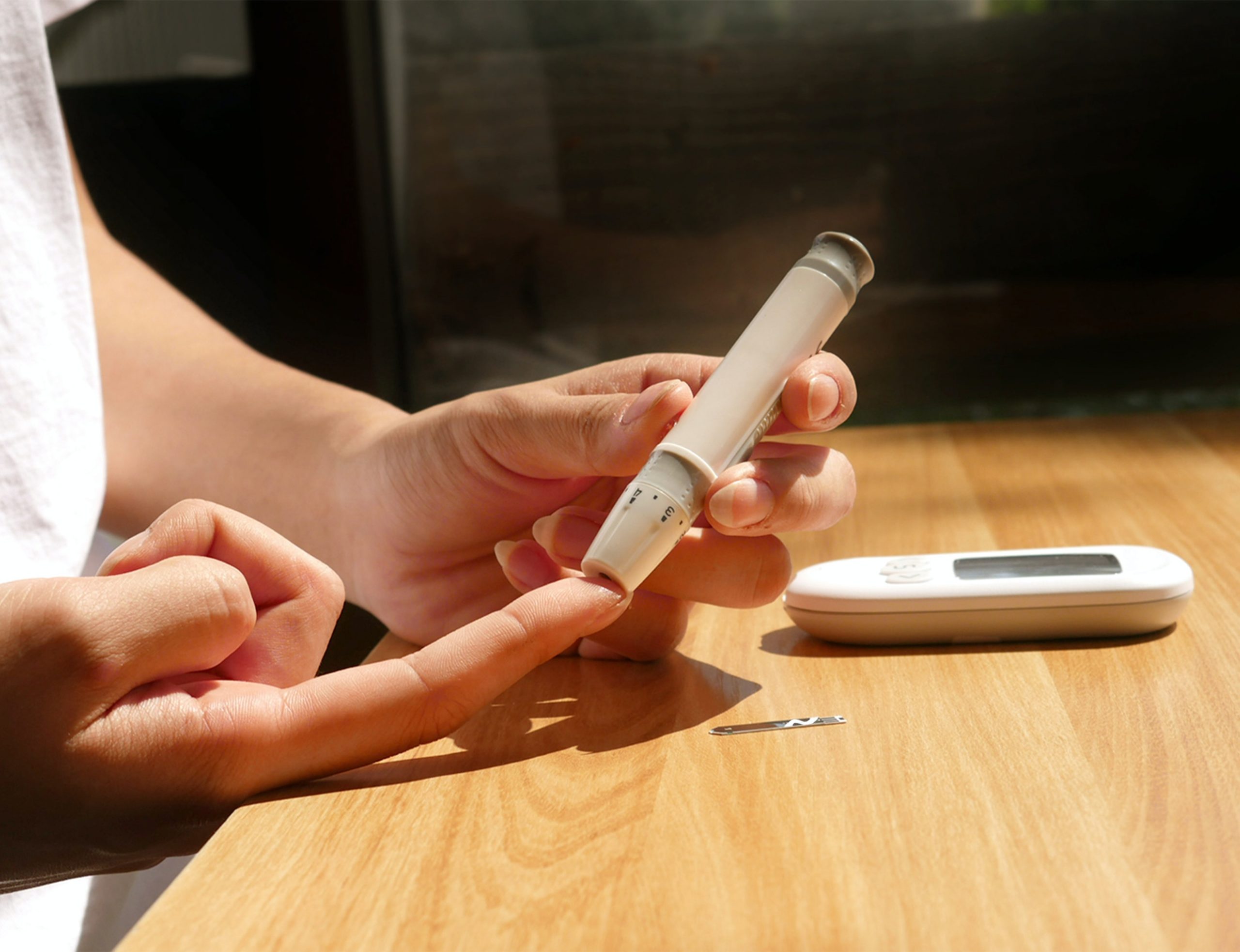
Cracking the Code: Unraveling Causes and Treatments of Gestational Diabetes
Causes of high blood sugar in pregnant women
- Basic cause: Some pregnant women acquire gestational diabetes as a result of a variety of physiological changes that occur to them after conception, including increased glucose requirements, increased insulin resistance, and relatively insufficient insulin secretion.
- Predisposing factors:
– Pregnant factors: Overweight or obese, multiparous, having gained excessive weight before getting pregnant, being short in stature, having a low birth weight, being polycystic, and having the hepatitis B virus are all considered risk factors for the condition.
– Family history.
– Pregnancy and delivery history: history of a difficult pregnancy and delivery, delivery history due to macrosomia, and history of a prior pregnancy and delivery.
– Factors of this pregnancy: high blood pressure, polyhydramnios, multiple fetuses, etc.
There is not much of a difference between diabetes and high blood sugar. High blood sugar can become diabetes if it is not managed and controlled in a timely manner, which would be extremely harmful to expecting moms.
Treatment of gestational diabetes
Eat more vegetable
Those who have high blood sugar levels ought to consume more veggies. Without a doubt, vegetables are low in calories. Please substitute vegetables, such as cucumbers, tomatoes, carrots, and other items that are both fruits and vegetables, for fruits if your high blood sugar is severe.
The main benefit of eating more veggies for those with high blood sugar is that most vegetables’ sugar breaks down rather slowly in the body, giving you plenty of time to regulate your blood sugar levels after a meal.
Vegetables like spinach, cabbage, yam, hawthorn, seaweed, konjac, green veggies, carrots, cucumbers, tomatoes, etc. are good for persons with high blood sugar.
Eat small meals often
Since most people experience elevated blood sugar levels two hours after eating, blood sugar levels following a meal are a significant risk factor for patients with hyperglycemia. To prevent elevated blood sugar levels after a meal, eat small, frequent meals. And blood sugar increases.
For patients with hyperglycemia, a daily calorie intake of roughly 1,500 kcal is optimal. Among them, carbohydrates account for about 60% of the total calories.
Eat more whole grains
Originally, whole grains were low-calorie foods. Furthermore, the gradual breakdown of these whole grains means that blood sugar levels won’t fluctuate significantly. Patients with diabetes or excessive blood sugar can benefit greatly from them. Buckwheat, oats, millet, corn, mung beans, black beans, tofu, soybeans, and tofu skin make up the majority of this kind of diet.
Dietary fiber supplement is indispensable
Consuming foods high in fiber can help control blood sugar levels by slowing down the breakdown and absorption of carbs. You need to learn how to self-test for normal blood sugar levels in addition to practicing nutritional control. Blood sugar levels during fasting should be kept between 5.1 and 5.3 mmol/L, and two hours following a meal, they should be kept between 6.5 and 6.7 mmol/L.
Because obesity is a prominent feature of diabetes, patients with high blood sugar should always be mindful of their weight. The following standard weight calculation formula is intended for use by patients who have hyperglycemia:
Male: (Height cm-80)×70%=standard weight
Women: (Height cm-70)×60%=standard weight
Exercise therapy
It is advised that expecting moms who have high blood sugar engage in low-to-moderate intensity cardiovascular exercise for 30 minutes following a meal. For example, they should walk for 10 to 15 minutes, and then progressively increase the duration to 30 minutes. Three to four times a week of exercise is advised.
No Comments
Leave a Reply
You must be logged in to post a comment.
